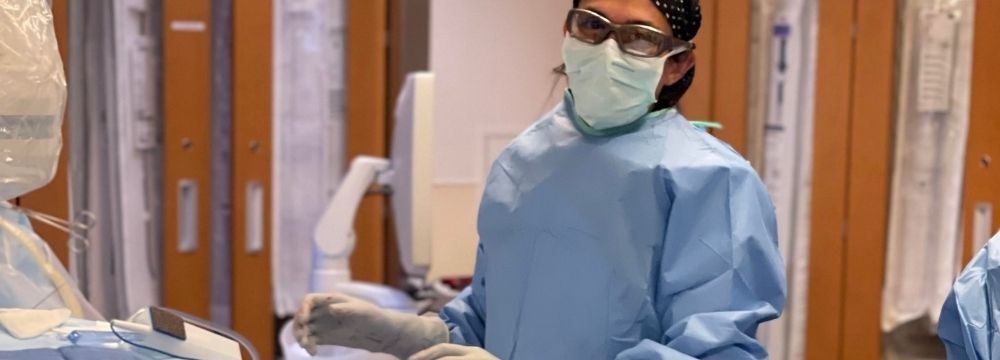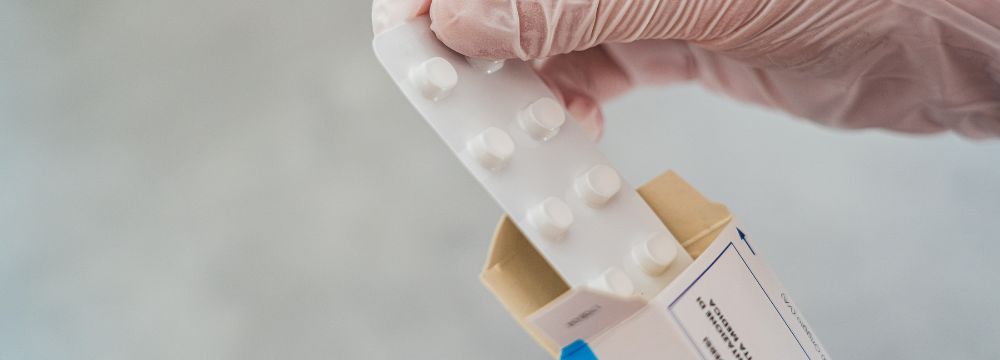AFib

The electrophysiology or EP lab is an incredibly advanced operating room at our hospitals. It allows for advanced diagnostics and treatment tools that we didn’t have just a couple of decades ago. This is especially beneficial for patients suffering from paroxysmal or occasional atrial fibrillation or Afib that has been difficult or impossible to diagnose through standard testing.
As you probably already know, Afib is a progressive disease. Typically, episodes begin sporadically with no pattern or timeframe for their onset. Many patients do not bring it up with their doctor or seek treatment. While it is estimated that upwards of 5 million Americans may be suffering from Afib, only a tiny fraction gets treated appropriately. As the condition is left untreated or undertreated, and the patient does not change their lifestyle, these episodes often become stronger and more frequent. Eventually, Afib can become persistent, making it exceptionally difficult to treat.
However, many patients who believe they have arrhythmia do not get an early diagnosis because of the inherent shortcomings of the diagnostic tools. For one, the electrocardiogram or EKG, ubiquitous in primary care offices around the country, is simply a snapshot in time. If the patient is not an active Afib, it is typically undetected. As electrophysiologists, we have more advanced tools, including Holter monitors, event monitors, and loop recorders, but these do not guarantee finding an arrhythmia.
As a next step and more direct option, we can perform an EP study on our patients. This essentially means that we insert a catheter into the groin up to the heart, just like we would for a cardiac catheter ablation procedure. However, we look for errant electrical signals instead of ablating any heart tissue. We still may not find the problem, and it may be necessary to induce an arrhythmia. We can do so mechanically with the catheter itself or chemically with medication.
Dr. Tordini works with each patient to ensure a comprehensive risk-benefit analysis that shows that the arrhythmia’s dangers are more significant than the procedure’s risks. Further, many patients are happy to know that the process is performed in the hospital setting. We have a building full of specialists to help in the unlikely event of a medical emergency.
Fortunately, if the arrhythmia can be induced, and your case is suitable for a catheter-based intervention, this follow-up procedure can often be performed at the same visit. In other words, it is unlikely that you will be required to return to the hospital for a second procedure. This real-time monitoring also helps us on the backend of the procedure. We can see how the heart and its electrical have reacted to the ablation procedure and can adjust or touch up as necessary.
If you have been referred for an EP study where Dr. Tordini will be inducing an arrhythmia, remember you’re in good, experienced hands. What seems like a mystery to you and your medical team may finally be solved. Feel free to schedule a consultation with Dr. Tordini to learn more about arrhythmia treatment and whether an EP study is right for you.
Related Topics:
- Arrhythmias More Common in and Specific to Women
- The Difference Between AFib and a Heart Attack and Why They Feel So Similar
- Comprehensive Afib & Arrhythmia Treatment
Dr. Tordini is a part of Florida Medical Clinic in Tampa








